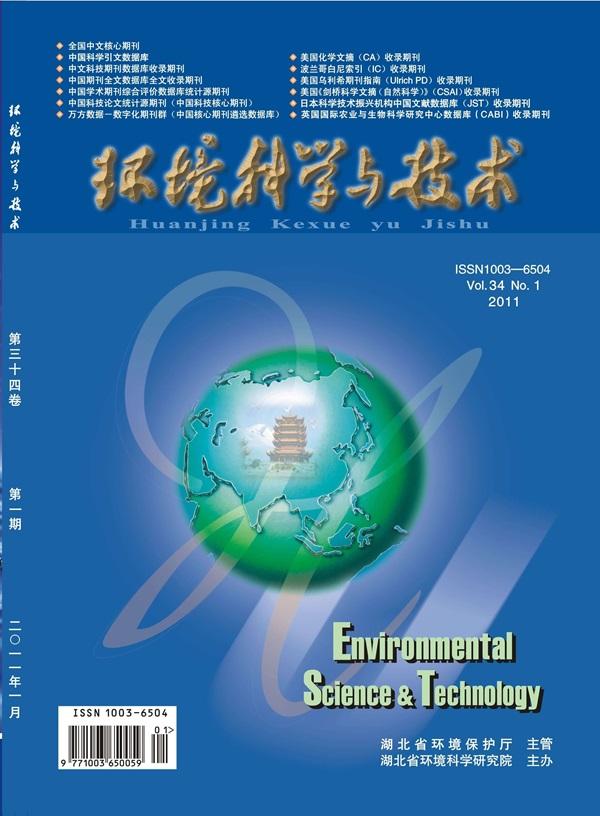Contribution of Nilaparvata lugens Nicotinic Acetylcholine Receptor Subunits Toward Triflumezopyrim and Neonicotinoid Susceptibility
IF 10.8
1区 环境科学与生态学
Q1 ENGINEERING, ENVIRONMENTAL
引用次数: 0
Abstract
Nicotinic acetylcholine receptors (nAChRs) are the molecular targets of some important insecticides including triflumezopyrim and neonicotinoids. However, our understanding of insect nAChR pharmacology and the specific nAChR subunits targeted by these insecticides remains limited. Here, we cloned 11 nAChR subunit genes, comprising Nlα1 to Nlα8, Nlα10, Nlβ1 and Nlβ3, from Nilaparvata lugens, a highly damaging insect pest of rice crops worldwide. Analysis of the expression of these genes in different tissues of N. lugens by qPCR analysis identified the brain as the primary site of expression. Knock down of the expression of Nlα1, Nlα2, Nlα8 and Nlβ1 using RNAi reduced N. lugens sensitivity to triflumezopyrim, suggesting these genes encode potential target subunits for triflumezopyrim. Knock out of Nlα2 and Nlα8 nAChR subunits by CRISPR/Cas9 genome editing showed that their deletion significantly reduced the toxicity of triflumezopyrim toward N. lugens. Furthermore, the deletion of Nlα2 also increased N. lugens resistance to imidacloprid and dinotefuran. However, numerous attempts revealed that the Nlβ1 knockout was nonviable. In vitro expression of receptors composed of Drosophila homologous subunits showed that this all-insect nAChR was inhibited by nanomolar concentrations of triflumezopyrim. The present findings identify specific nAChR subunits that are important both as targets for monitoring resistance-associated mutations and as subjects for molecular studies aimed at developing novel insecticides targeting these essential ion channels.

求助全文
约1分钟内获得全文
求助全文
来源期刊

环境科学与技术
环境科学-工程:环境
CiteScore
17.50
自引率
9.60%
发文量
12359
审稿时长
2.8 months
期刊介绍:
Environmental Science & Technology (ES&T) is a co-sponsored academic and technical magazine by the Hubei Provincial Environmental Protection Bureau and the Hubei Provincial Academy of Environmental Sciences.
Environmental Science & Technology (ES&T) holds the status of Chinese core journals, scientific papers source journals of China, Chinese Science Citation Database source journals, and Chinese Academic Journal Comprehensive Evaluation Database source journals. This publication focuses on the academic field of environmental protection, featuring articles related to environmental protection and technical advancements.
 求助内容:
求助内容: 应助结果提醒方式:
应助结果提醒方式:


